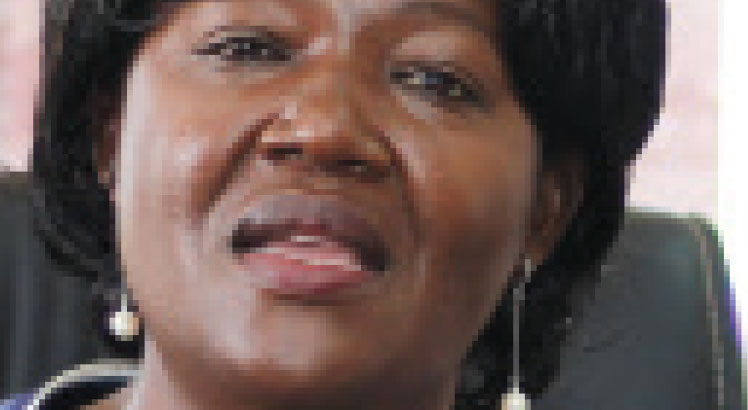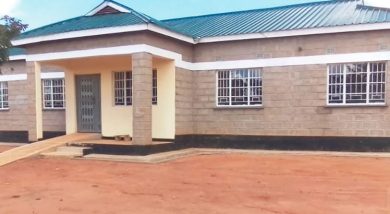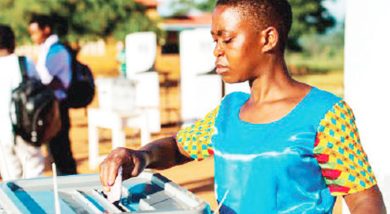Malawi’s broken education system
Repetition of primary school learners cost government about K41 billion in the 2019/20 academic year, research findings show.
Education campaigner Limbani Nsapato based these findings on the Ministry of Education’s unit cost of educating one child per year, which is K33 077.
The K41 billion spent on repeating pupils in the 2019/2020 academic year represents around 22 percent of the education budget for that period.

The wasted resources could have been invested in areas that experts say are largely responsible for dwindling education levels in Malawi.
These include inadequate teaching and learning materials, high pupil-to-teacher ratio, poor and insufficient infrastructure, especially classrooms on the back of a growing population.
If repetitions are not eliminated timely, says Nsapato’s findings, the cost may further increase as the country’s population, currently at 18 million, continues to grow at 2.9 percent per year.
In an interview this week, Nsapato, who is also Edukans Foundation country director, said the analysis builds on his 2016/17 doctoral thesis, which at the time estimated the cost at K25 billion.
He said: “The cost was based on my PhD thesis for 2016/2017 figures after comparing repetition numbers versus the unit cost. Now I have looked at 2020 figures and the figure lost through repetition is K41 billion.”
But Ministry of Education Principal Secretary (PS) Chikondano Mussa, while admitting challenges in the education sector, said all is not lost and the Education 2030 Agenda and Malawi’s 2063 Vision are focused on improving the sector.
In the updated analysis of his study, which looked at factors affecting education and donor dependency in education financing in Malawi, Nsapato found that there were 1 242 786 repeaters coming from 2019 academic year at primary school level.
Based on the Ministry of Education 2019/20 unit cost of educating one pupil, which was estimated at K33 077, government spent K41 billion on the repeating primary school pupils in the 2020 academic year.
Nsapato described Malawi’s education system as being in a state of disaster, partly because the quality of education is generally poor as evidenced by learning outcomes.
He cited the 2020 Malawi School Certificate of Education (MSCE) examination results, whose pass rate was 42 percent, meaning over 50 percent of candidates who failed would likely repeat Form Four to improve their grades.
The educationist said if class repetitions were eliminated, government could invest the money in improving education standards by recruiting more teachers, buying teaching and learning materials and constructing additional classrooms.
Said Nsapato: “For example, based on the monthly basic salary for a new primary teacher [Grade L, at entry point] which is K174 000, the K41 billion can pay salaries of 19 688 teachers for a year. The number of teachers that can be recruited for 24 months with K41 billion are 9 844.
“So, you can recruit nearly 20 000 teachers for one year or nearly 10 000 teachers for two years if the country eliminated repetitions altogether.”
Another educationist Steve Sharra, an associate professor of education at Unicaf University Malawi, said the current state of the country’s education system can be described as fragile, but on the threshold of promise.
In response to a questionnaire, he said over the past eight years, the country has registered a 52 percent dropout rate at primary level, which he described as deplorable and requires urgent intervention.
Sharra said the secondary school sub-sector is so small that over 80 percent of 14-17 year olds are out of school.
“We have the lowest tertiary enrolment rate in the world, at less than one percent. More than 70 percent of adult Malawians do not possess any school qualification,” he said.
Sharra also said the ultimate solution to revamping the education system lies in mobilising national intellectual capital to find unconventional ways of growing the economy.
He said large class sizes are one of the most difficult things and contributing factors to poor quality education. Currently, Malawi has an average teacher-pupil ratio of 1:65.
Sharra said the policy is to have class sizes of 40 at the primary level and 20-25 at the secondary level by 2030, as per the United Nations Educational, Scientific and Cultural Organisation agenda.
Last week, government announced that it will be recruiting about 5 000 teachers. But Nsapato said as a policy, government should be recruiting 10 000 teachers every year to improve the quality of education.
Meanwhile, Ministry of Education PS has admitted that there are “efficiency issues within and beyond our education system” which the ministry is working on to improve.
In an interview yesterday, she said the repetition rate has been estimated at 21 percent for the 2020/21 year which reflects a poor rating on the quality of education and continues to diminish the human capital development crusade for Malawi.
Said the PS: “It is more severe, in disadvantaged catchments, which also poses a threat in reducing the income gap between the richest and poorest quintiles in our society.
“However, it is worth noting that government received a performance-based grant from the Global Partnership for Education of about $ 12.25 million in part due to a reduction of repetition by 9.4 percent average which has been re-invested in education to improve the learning environment.”
A 2018 Malawi National Examinations Board analysis of the causes of low performance at Primary School Leaving Certificate of Education level included inadequate teachers, inadequate learning materials, absenteeism or late class attendance by learners, long distances to school and high dropout rate.
Mussa said the ministry is confident that through the many interventions it has put in place the system, efficiency will improve in the next three years.





